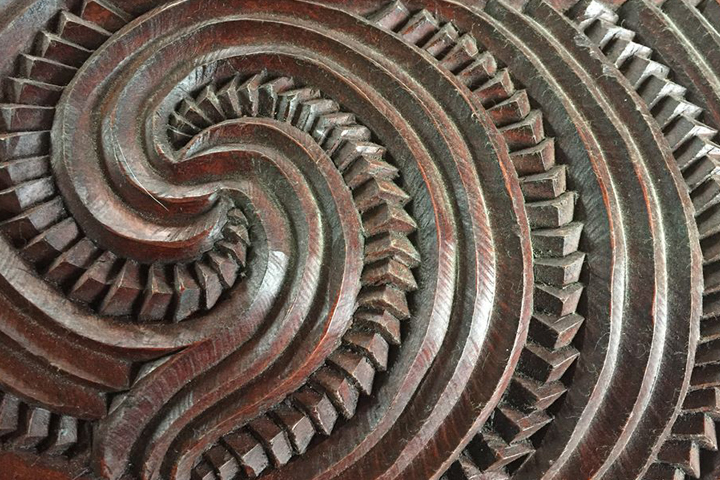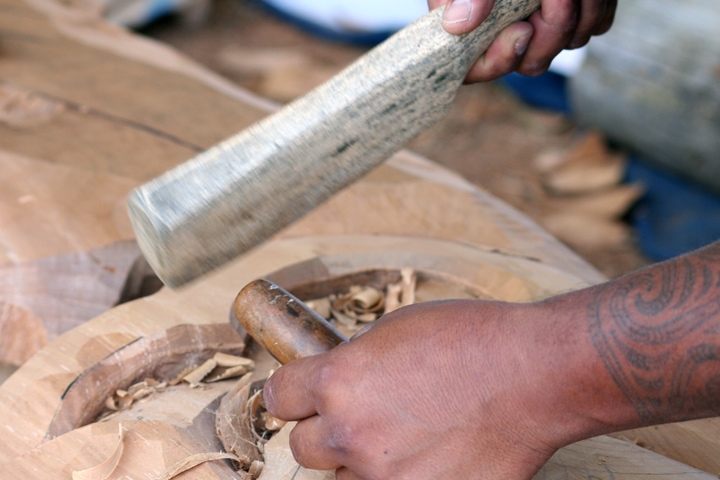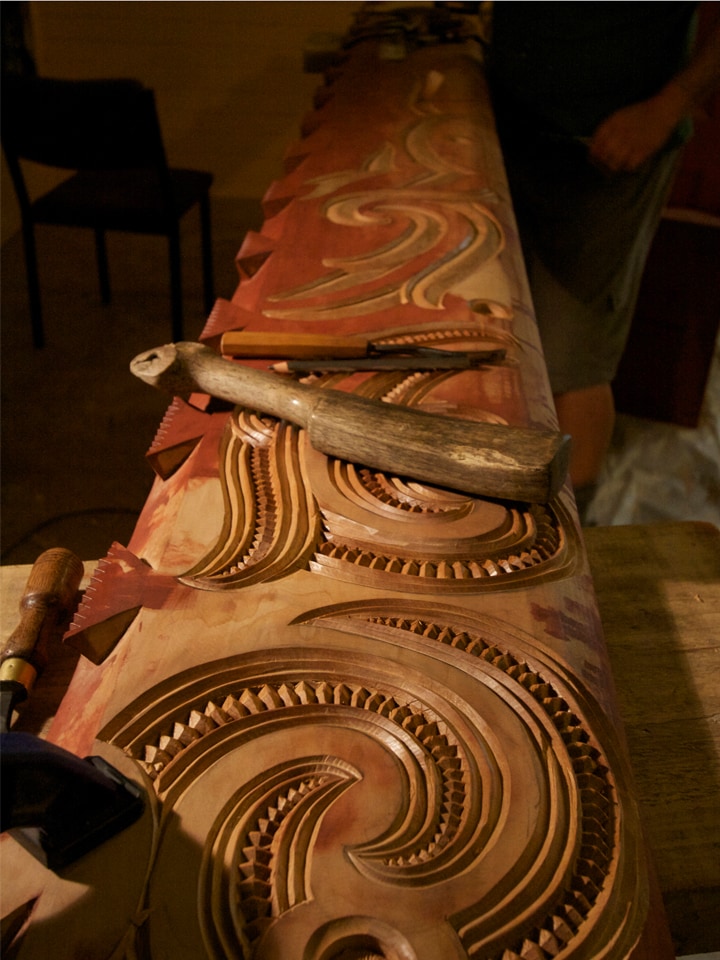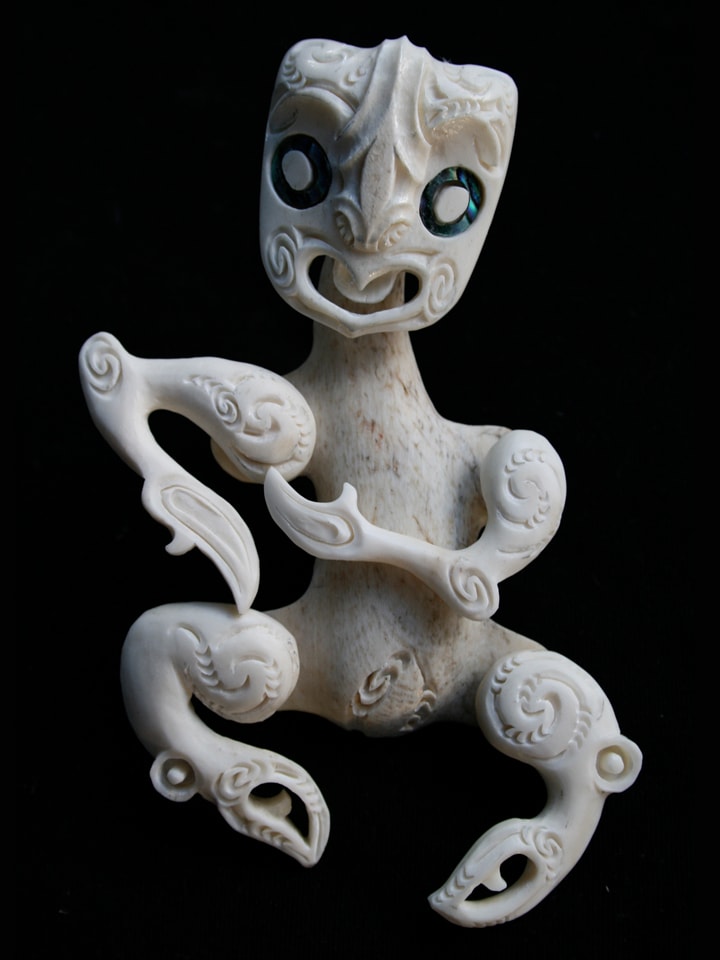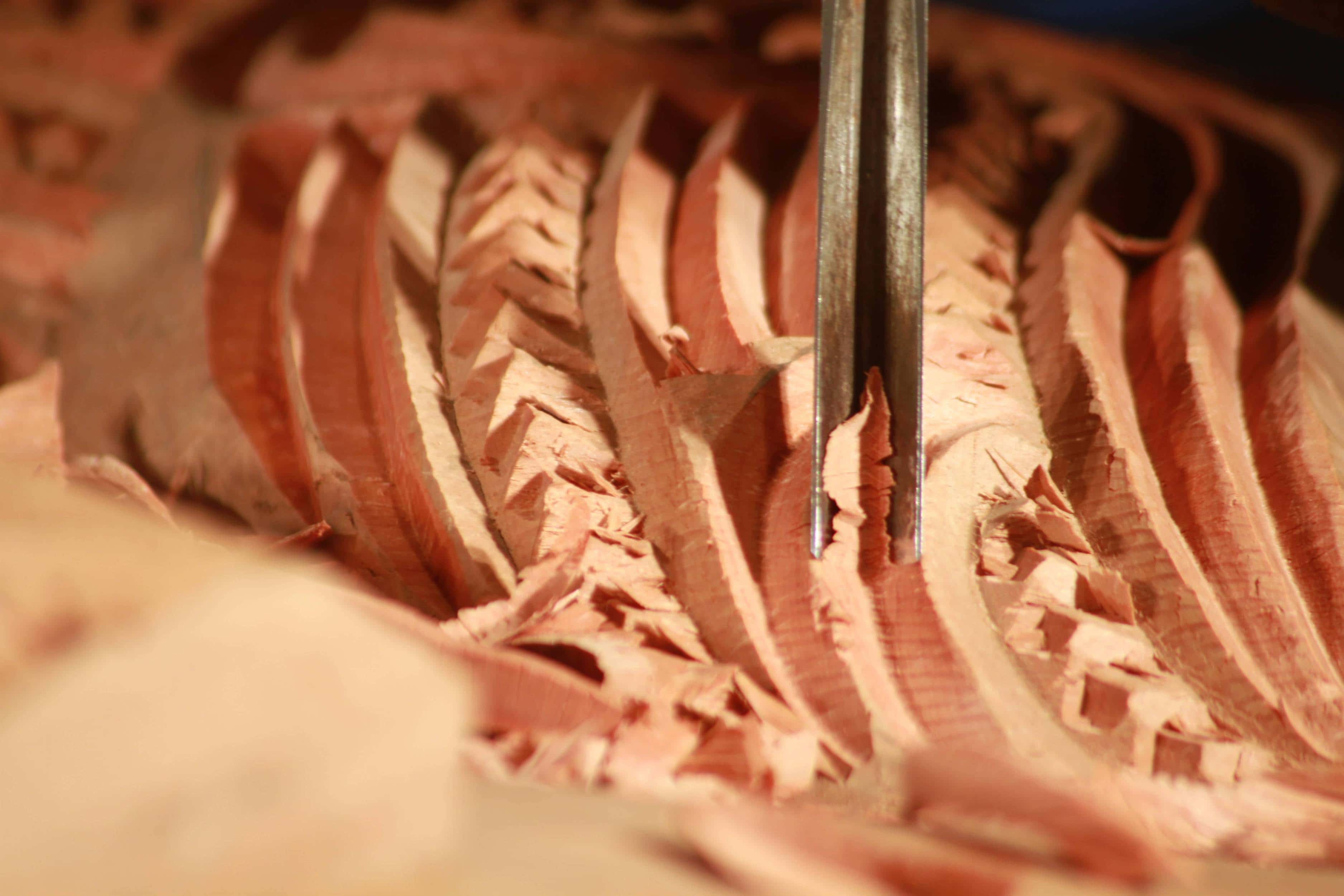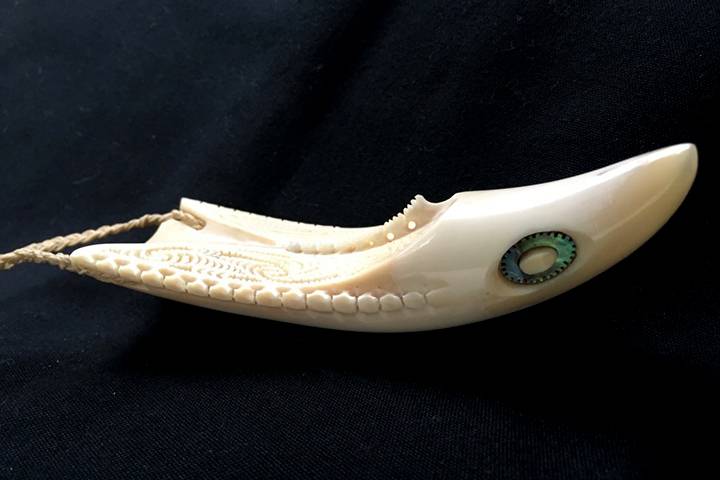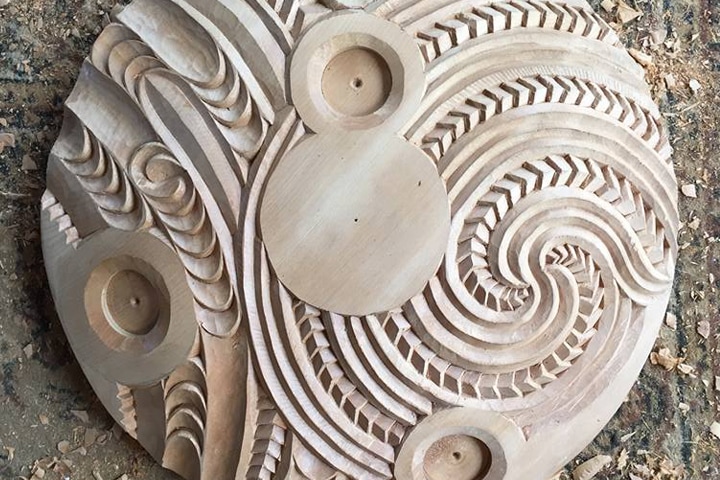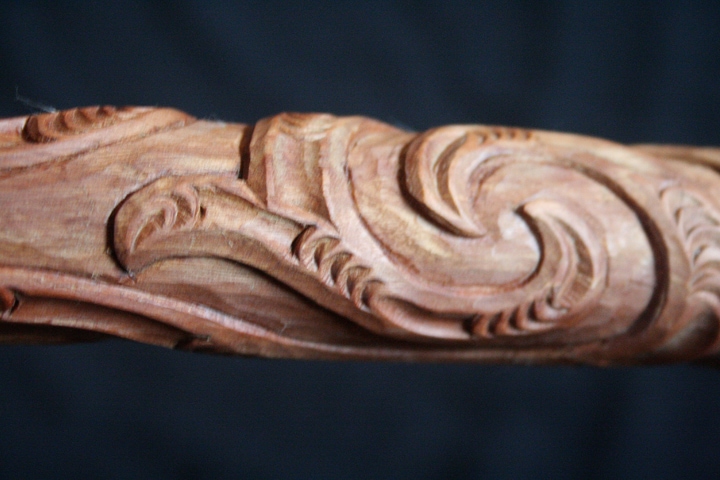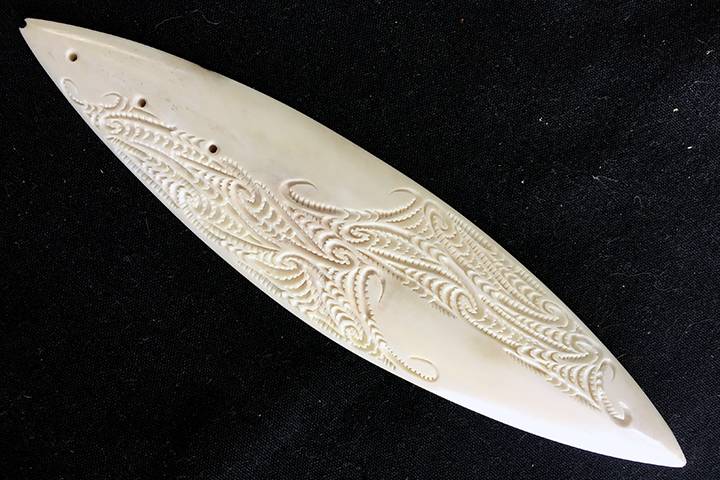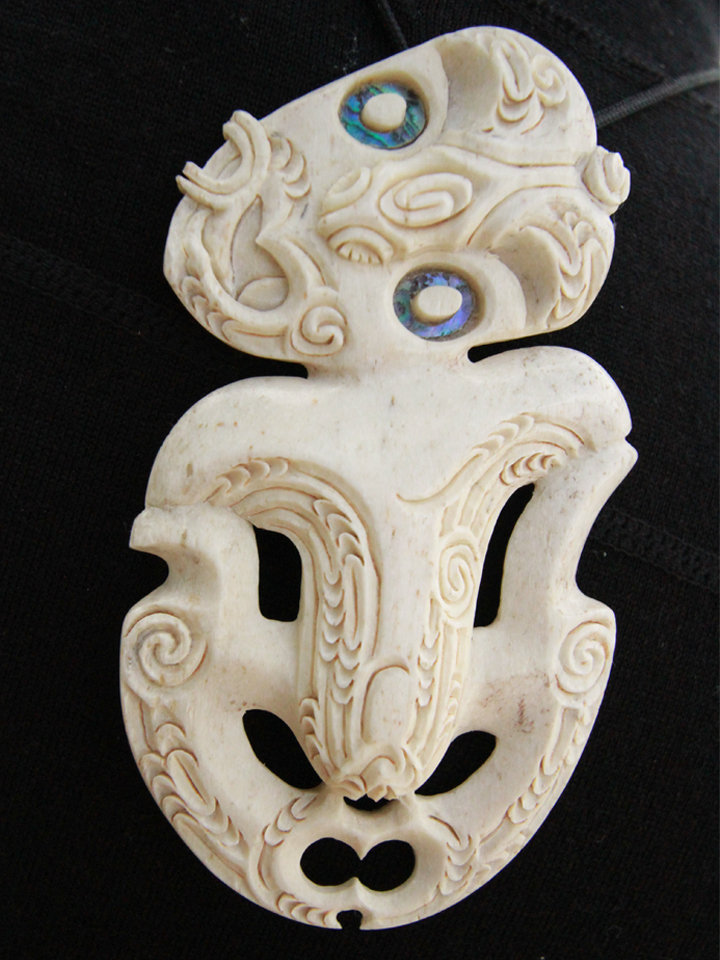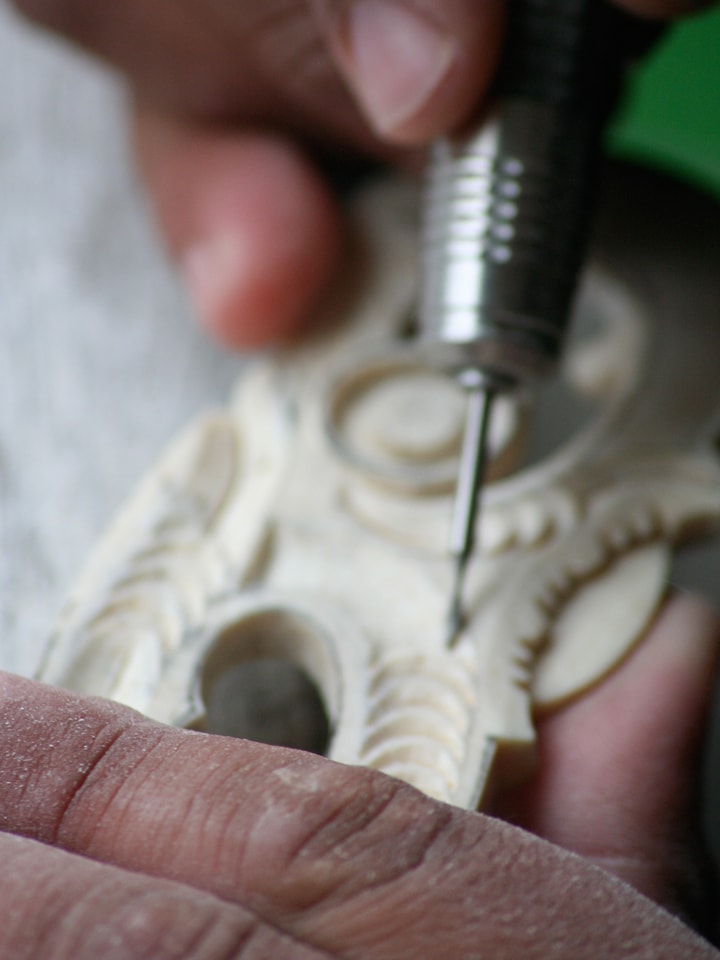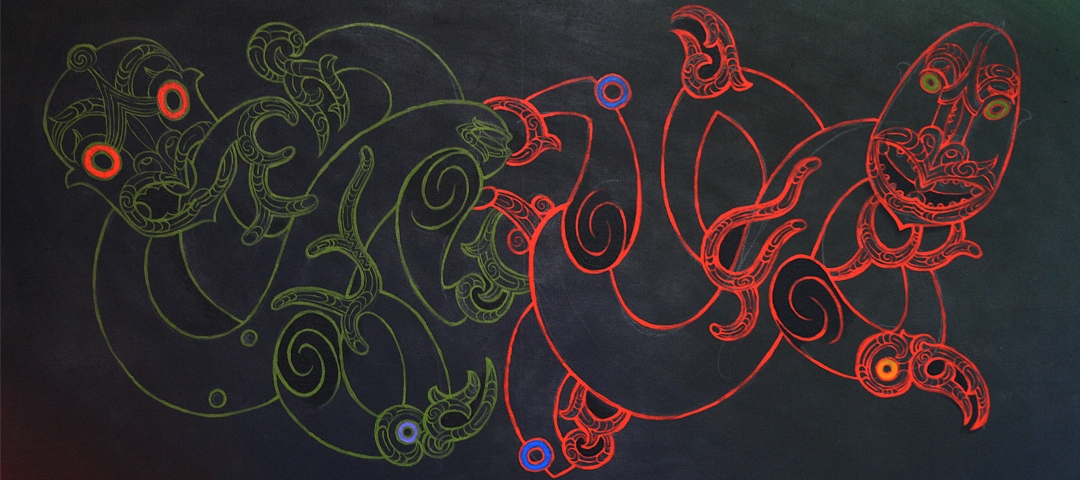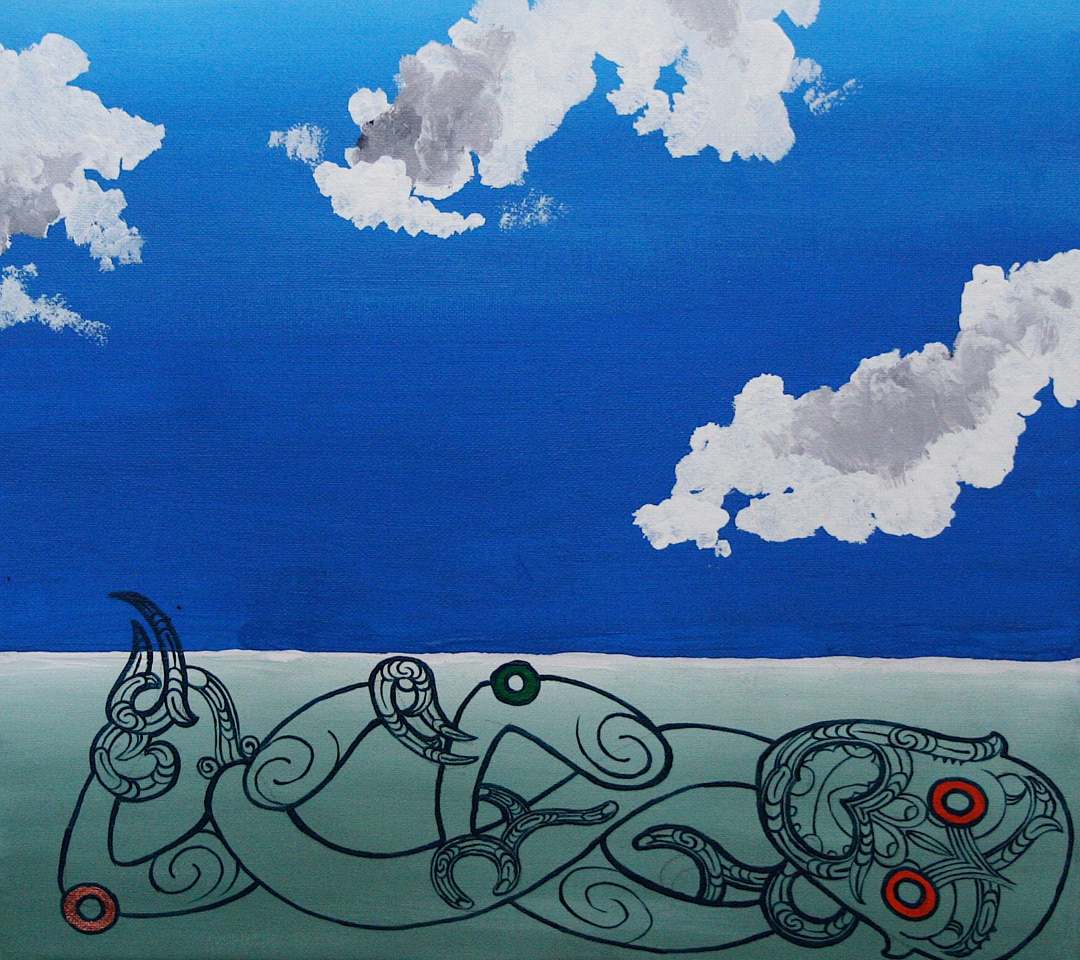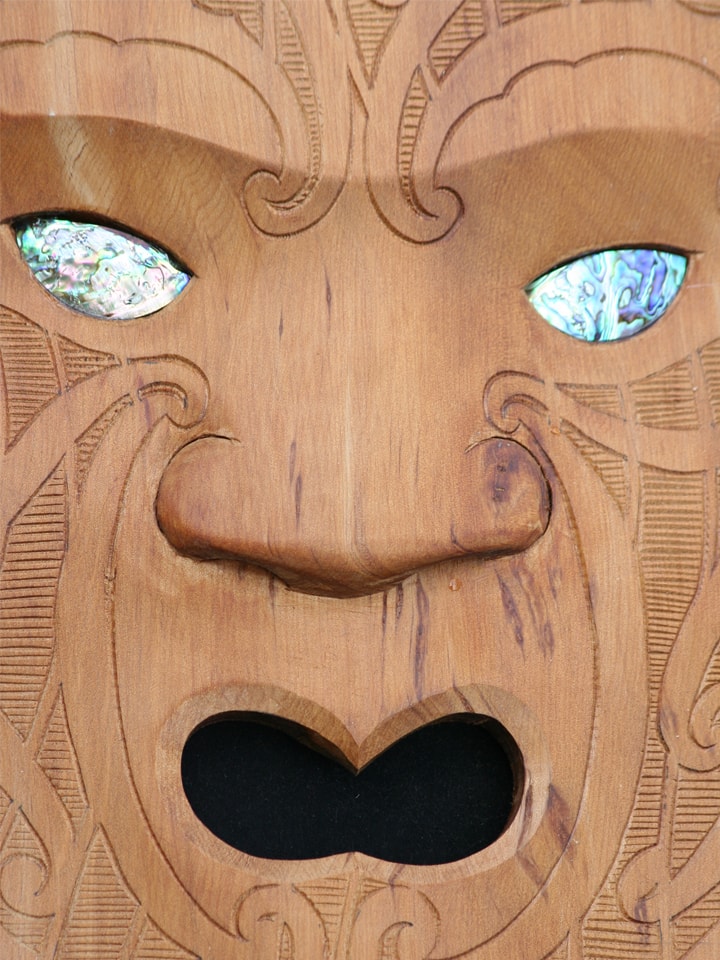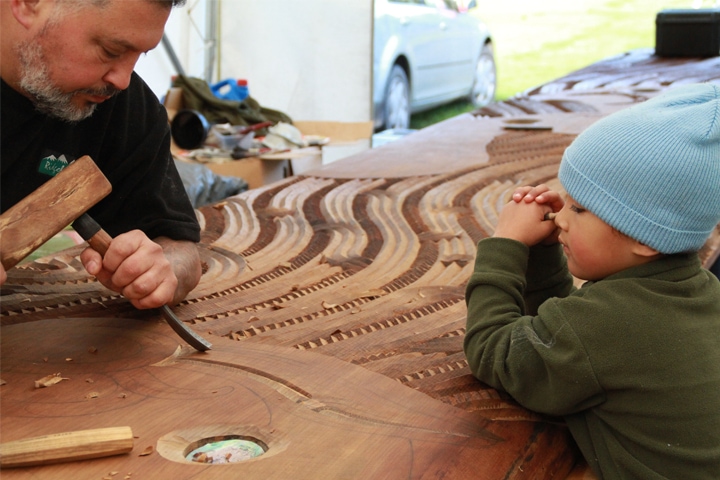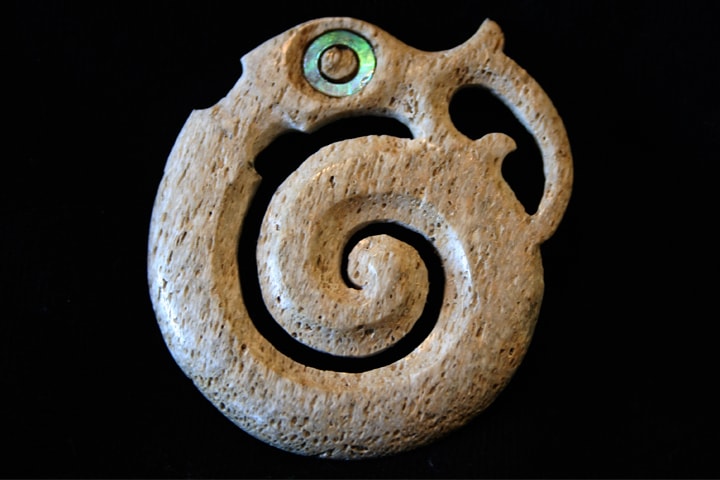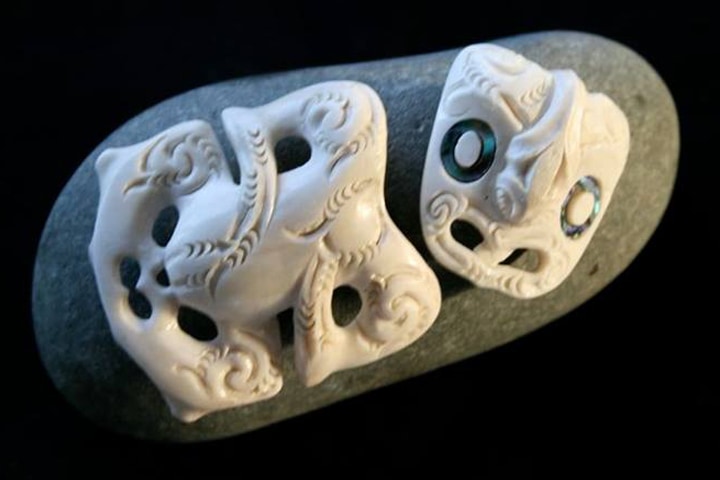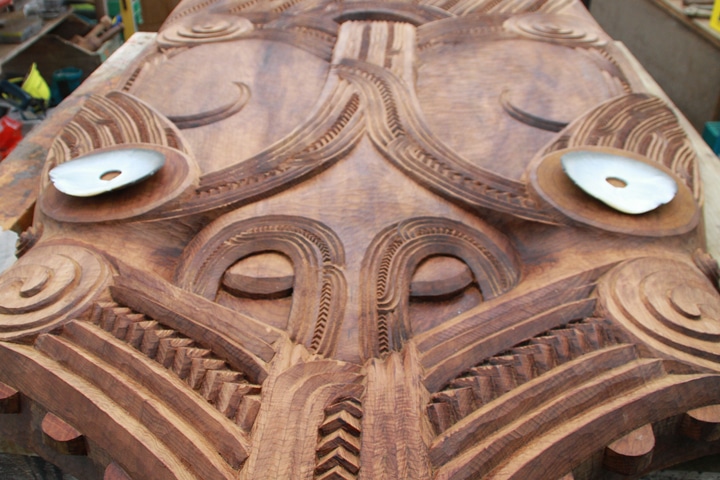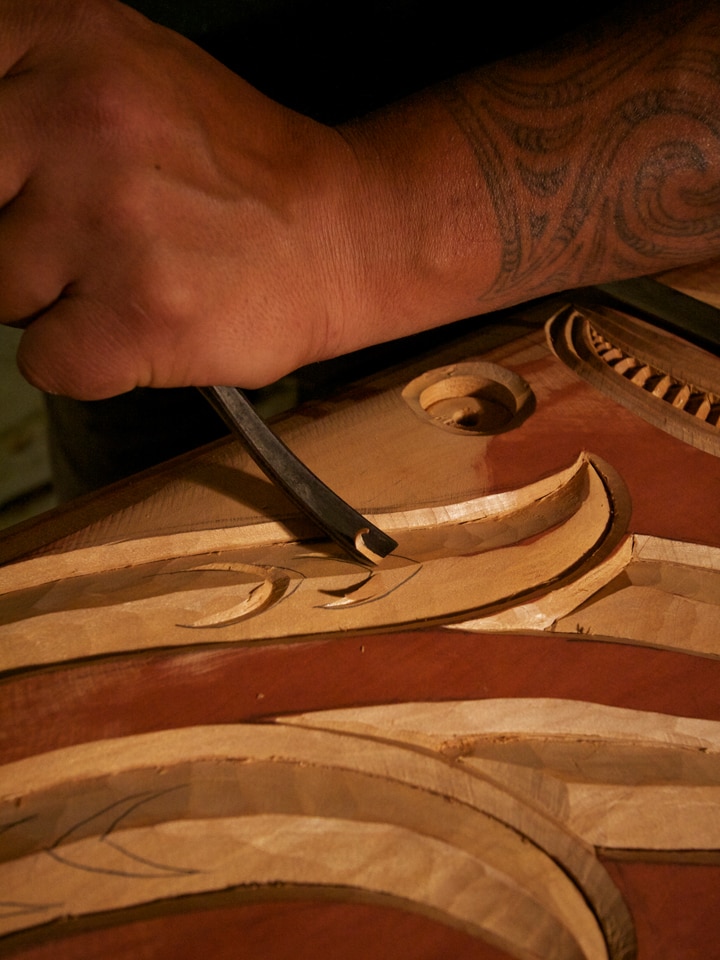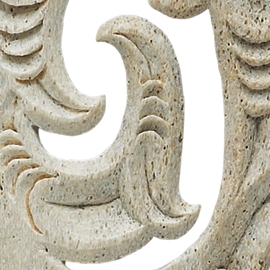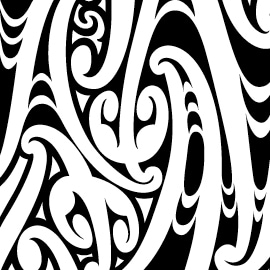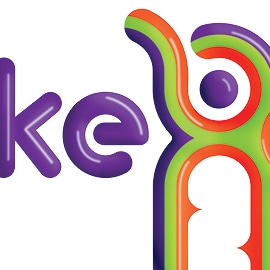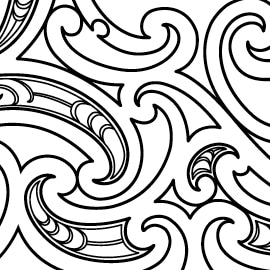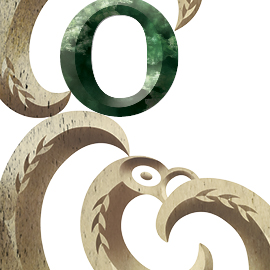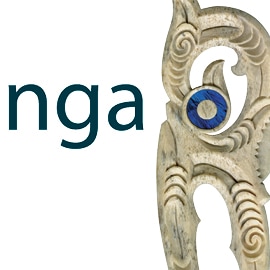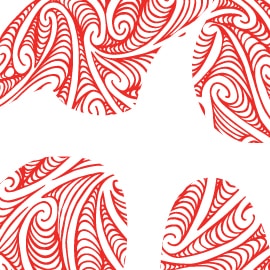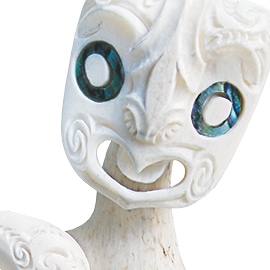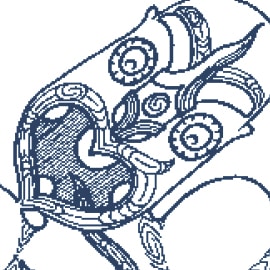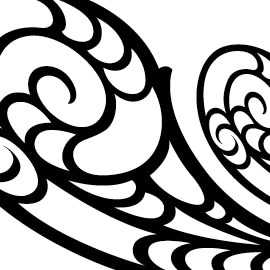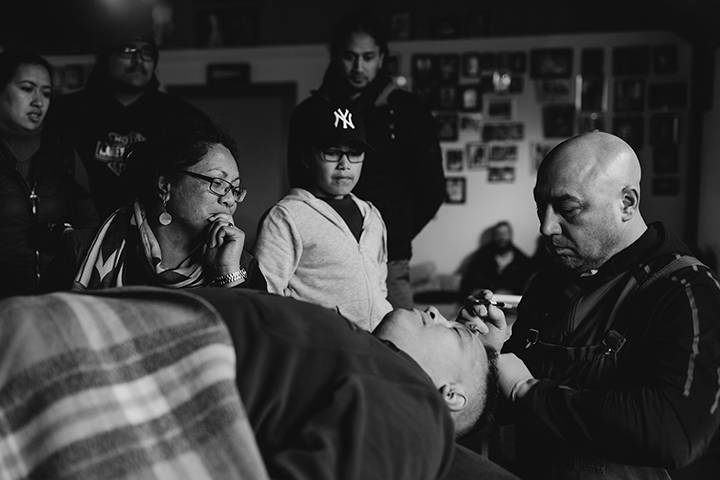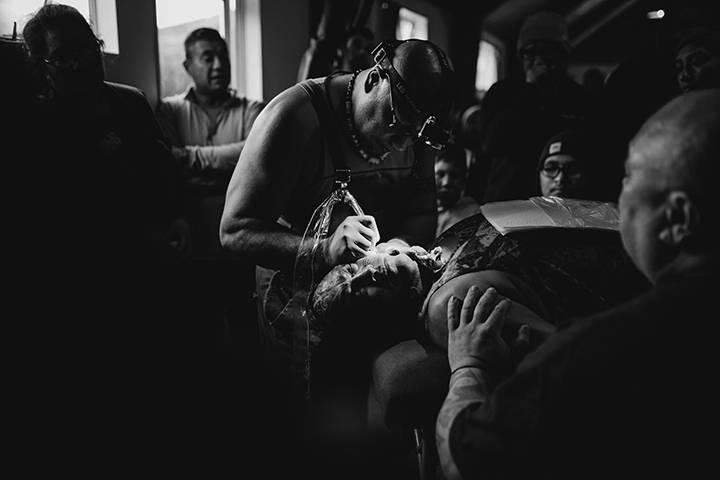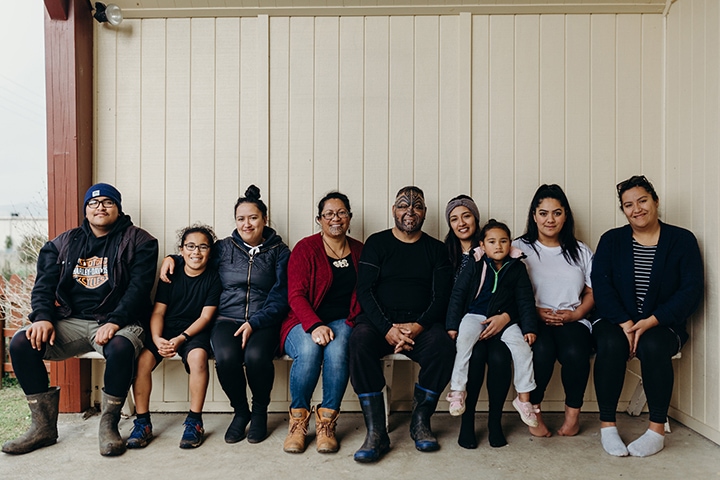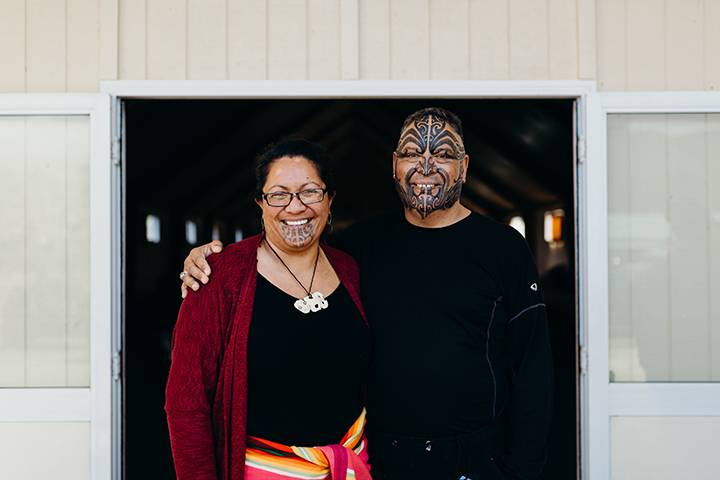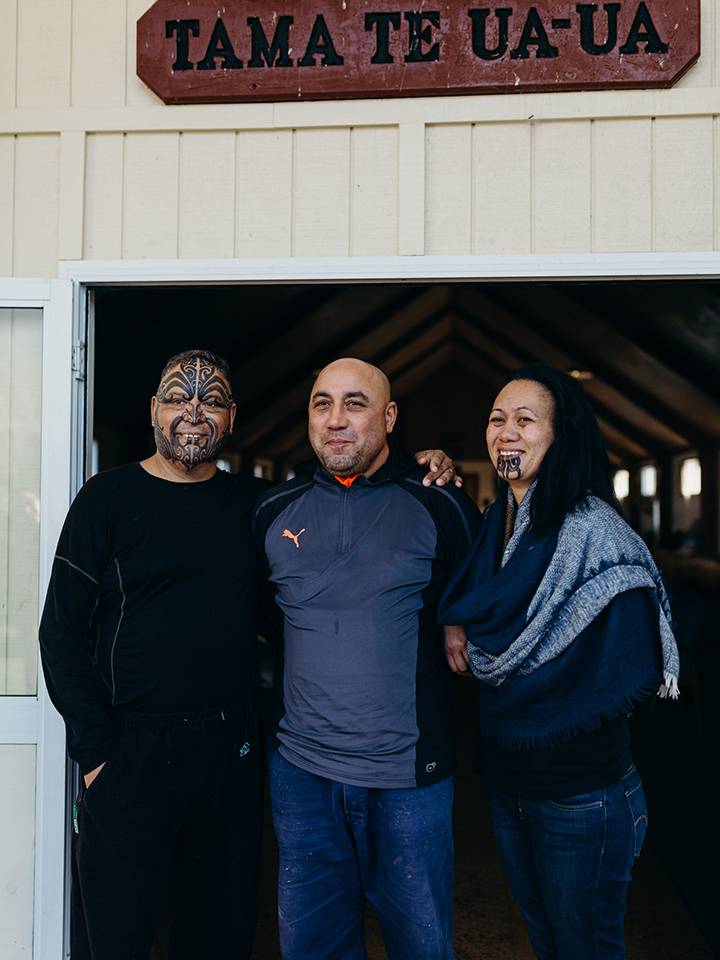Pena (Bernard) Makoare
Carver, artist & designer

About me
Te Uri o Hau; Ngati Whatua
Te Waiariki, Te Kai Tutae; Te Rarawa
Ngapuhi-nui-tonu
I live with my wife Hinerangi and our children in the Kaihu valley on the north west coast of the Tai Tokerau, Northland where we are heavily involved as a contemporary Maori whanau, with our ancestral obligations to all of our affiliated marae across the country. I am traditionally taught as a wood carver and practising artist/designer. My work is a reflection of my heritage, my environments and the importance I place in whanaungatanga and relationships between people, places and significant objects.
Design projects
Outside of my personal artistic aspirations I have had great experiences on inspired projects with a number of talented design teams. Some of these design projects are profiled below. My primary role on these teams has been to bring cultural experience, understanding and perspectives that contribute to creating a modern Maori dimension in significant public spaces and design projects.
Auckland Zoo, Te Wao Nui precinct
Comprising more than a fifth of Auckland Zoo’s 17ha footprint, Te Wao Nui is made up of six zones that reflect the distinctly different landscapes of New Zealand. Throughout the winter months of 2011, deep in the heart of the Waipoua Forest carvers, sculptors and designers – Bernard Makoare and Manos Nathan along with Lyonel Grant from the Bay of Plenty – transforming totara, kauri and clay into more than a dozen large works of art. They were commissioned by the zoo and installed in Te Wao Nui to enhance the Te Wao Nui experience. The project was completed in collaboration with Paradigm & Associates.
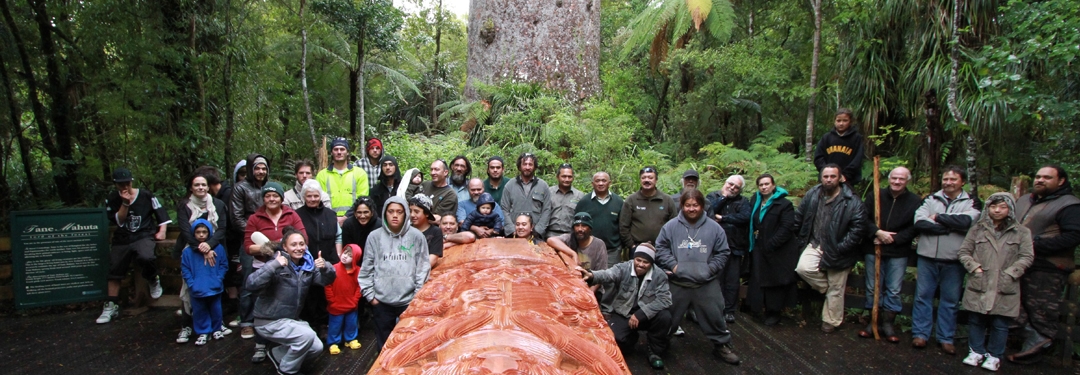

Shed 10 Waterfront Auckland
Bernard Makoare, Will Ngakuru, Andrea Hopkins and Amorangi Hikuroa in collaboration with John Ringer of Paradigm Associates, have created artworks for Shed 10, each speaking of the Auckland isthmus and beyond. Key strands connect the works: the sea, seafaring, encounters of people with people, and encounters of people with the environment, relating to the Maori belief that it is very important to welcome your guest generously and warmly, and to honour them with descriptions of the ancestral landscape. “The qualities of unity, cohesion, tolerance, as well as the challenge and embrace of change… are all considerations of a fledgling settlement, both from the point of view of the settlers and the perspective of those already here. This follows the thinking of the Maori leaders like Apihai Te Kawau who, although anxious about settlement at that time, also welcomed new ideas, technologies and opportunities brought by new peoples.” Links: architecturenow.co.nz/articles/shed-10/
Photo (far left): Jonny Davis
Auckland Art Gallery
Restoring and expanding Auckland Art Gallery Toi o Tāmaki created a unique set of challenges for the architectural teamcomprised of FJMT architects and Archimedia (Lindsay Mackie). The fundamental challenge was to restore the wonderful heritage building while developing a complementary, flexible and contemporary design. Bernard Makoare, Design Consultant provided valuable cultural insight and interpretation to help determine key architectural and design elements that were incorporated into the new building and its immediate surrounds. He worked closely with the architectural team to shape and define key symbolic elements that respond to traditional Māori beliefs and the site’s sense of history and place. Makoare is a member of Haerewa, the Māori advisory board which works with the Gallery, a Ngāti Whātua representative on the Taumata-a-iwi at Auckland Museum. Links: https://www.australiandesignreview.com/architecture/auckland-art-gallery-toi-o-tamaki/ https://www.nbr.co.nz/article/weekend-review-auckland-art-gallery-wins-countrys-top-architecture-awa
Photos: Paul Reynolds
Te Oro, Glen Innes
Working in collaboration, architect Lindsay Mackie of Archimedia and artists Bernard Makoare, Martin Leung- Wai and Petelo Esekielu, developed a concept for the Te Oro facility that envisioned the building being as a grove of trees under which communities gathered and sheltered to commune, share knowledge and be culturally and creatively productive. From this came Te Oro’s signature roof form, a floating geometrised ‘leaf canopy’ atop a series of ‘timber trunks’. Historically the grove of trees or ‘uru’ is a response to the remnant karaka uru on nearby Taurere – Mt Taylor, and an important part of local story telling for mana whenua iwi. In-between the three ‘adzed’ roof sections of the Te Oro building there are two transitional areas where natural light filters into the interior of the building. Here Martin and Petelo introduced the aesthetic of Polynesian fibre binding patterns, as a metaphor for the unity and cross-disciplinary creativity at the heart of Te Oro. This concept gave shape to the geometric skylight designs that feature overhead in these two void spaces in Te Oro.
Photos: Paul Reynolds
Artwork gallery
The challenges of being a practising artist, presenting relevance in my work and crafting meaningful messages are aspects that I enjoy in my artistry. In recent years I have completed several exhibitions as a solo artist and also in collaborations with other creative people.
Design gallery
The challenges of being a practising artist, presenting relevance in my work and crafting meaningful messages are aspects that I enjoy in my artistry. In recent years I have completed several exhibitions as a solo artist and also in collaborations with other creative people.
Miharo matrix
The meaning of MIHARO can be best described as “extraordinary” and exceptional. The extraordinary is inherently risky, being born from the heart of the creative space that is neither conservative or safe. The miharo concept was introduced during the development of the Auckland City Art Gallery project as the international design team, led in New Zealand by Archimedia+, began to grapple with an unfamiliar Māori dimension. This matrix of crucial considerations or principles highlights the essential discussions with key parties needed to populate a cohesive design concept and plan to inform the design vocabulary; in other words the vernacular unique to each site and associated design brief.
MIHARO: Extraordinary
Take (Pūtake): Understanding the Māori paradigm and world view, appreciation of identities, the significance of cultural narratives. Māori generic; Iwi definitive; Hapū specific approaches to how this relates to the depth, breadth and nature of relationships within a project to ensure veracity of information and congruent applications.
Miharo: To aim for the extra-ordinary and exceptional – creativity and innovation of “form:function:culture”
Ataahua: To aim for beautiful outcomes – style, form and artistry, method.
Kaupapa: The implementation of complex considerations as an overarching comprehensive plan – skilfully facilitated, best materials, expertly prepared, delivering a quality production.
Mokopapa
In Hongongoi/July 2018 friends and extended family gathered with my niece Sapphire Davenport (nee Mansell) and I for a Mokopapa. This was the process for Sapphire and I to receive Moko kanohi. This was the first time this has happened in our whakapapa since the early 19th century with our tupuna Merania Taniere Rangipaoa (nee Wharetohunga). Rangi Kipa, our dear friend completed the Moko Kauwe (tuhi mareikura) for Sapphire and the Mataora (tuhi whatukura) for me. Ano nei te miharo rawa atu o te taonga te aroha i te tūkaupapa nei na. Whakawhetai ki te Atua.
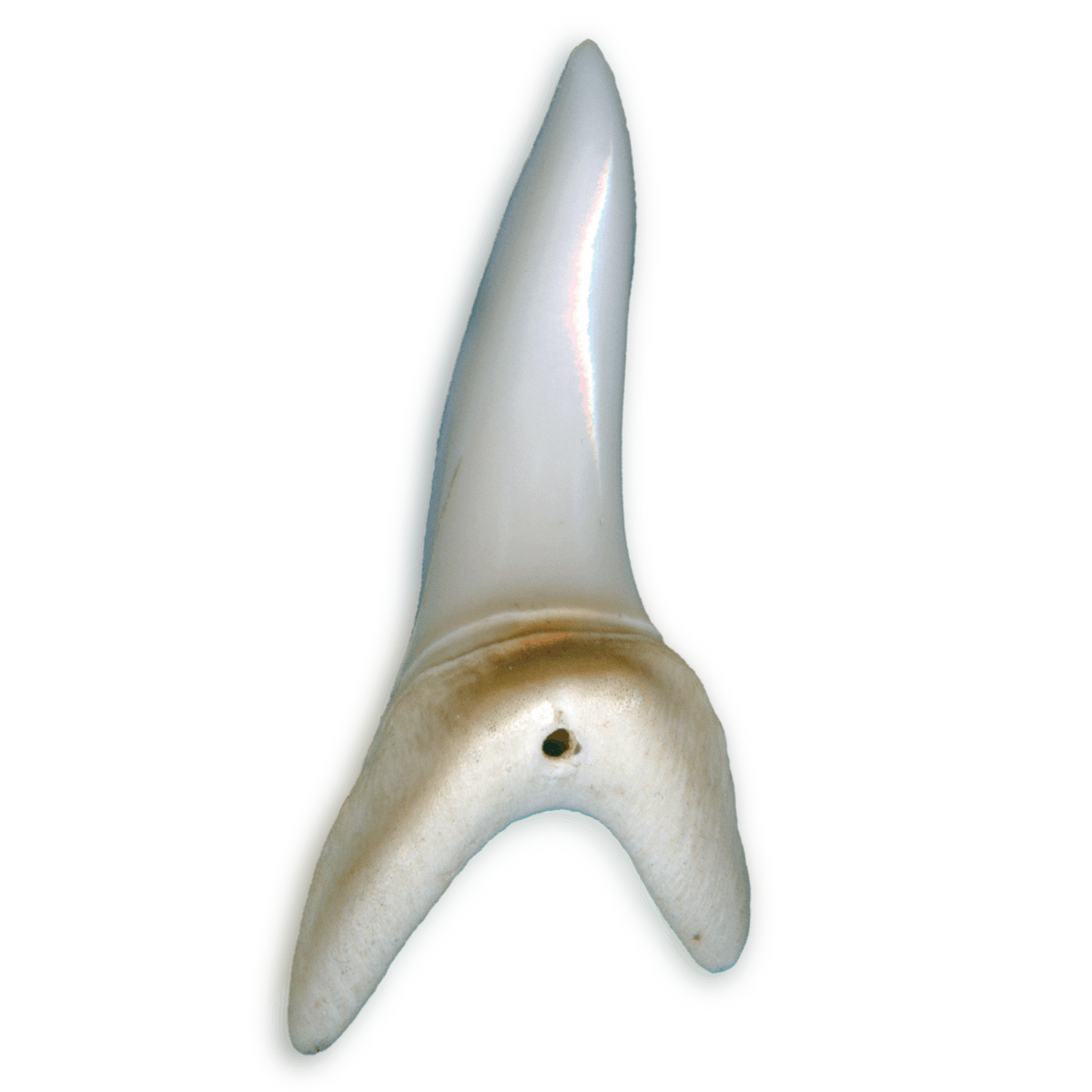
Get in touch
Mobile: 027 4545 014
kaihuna@mac.com
